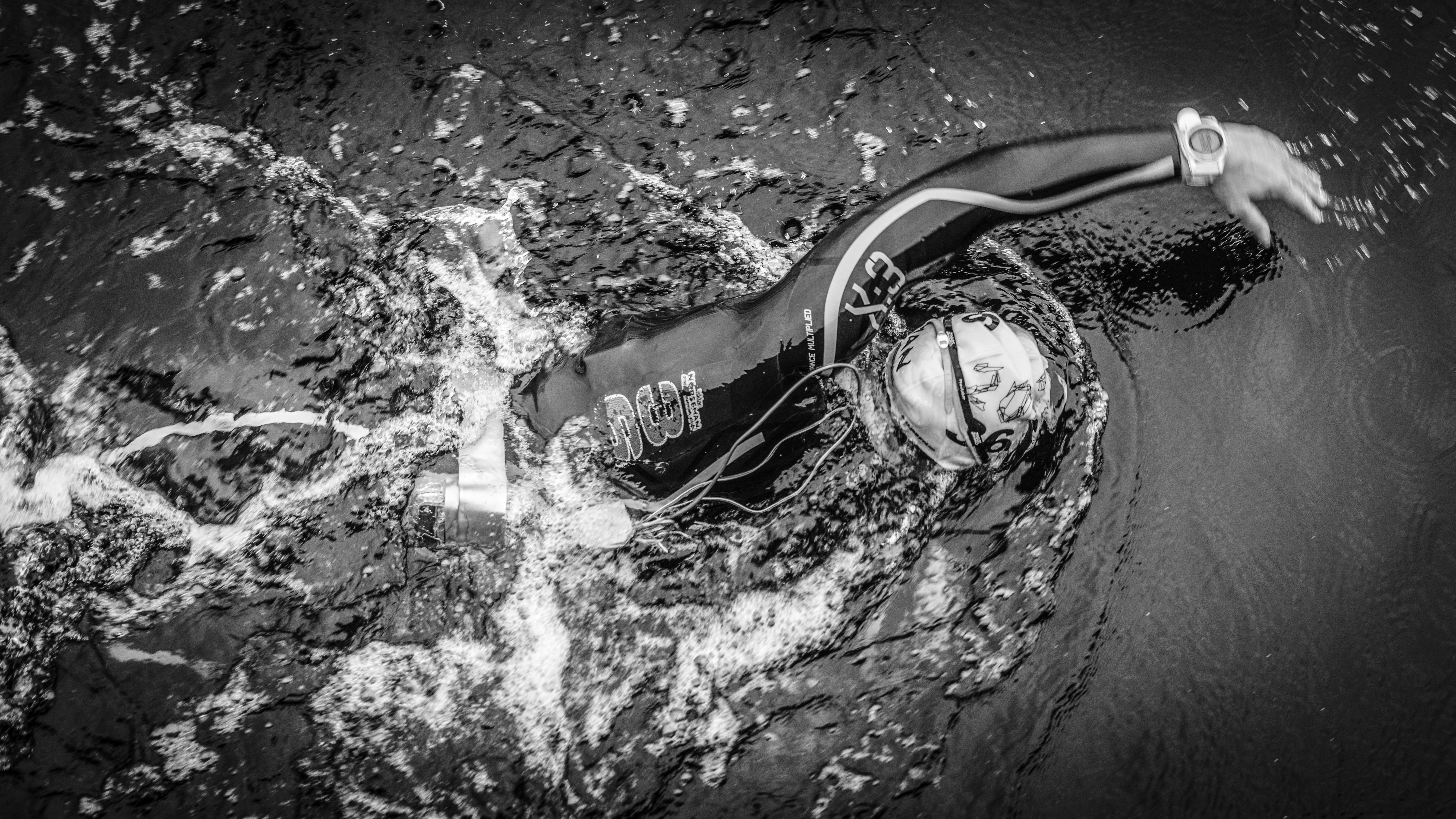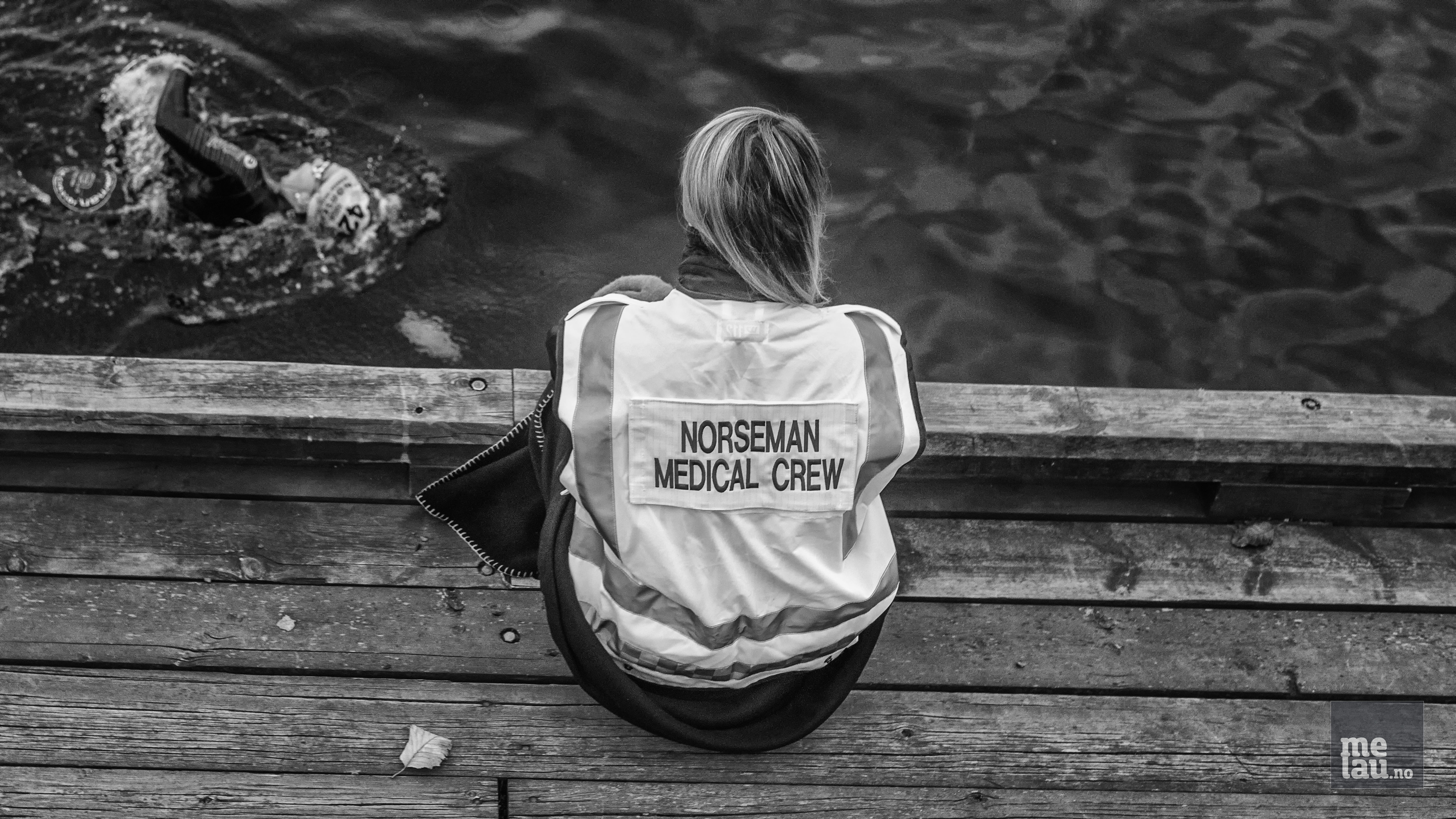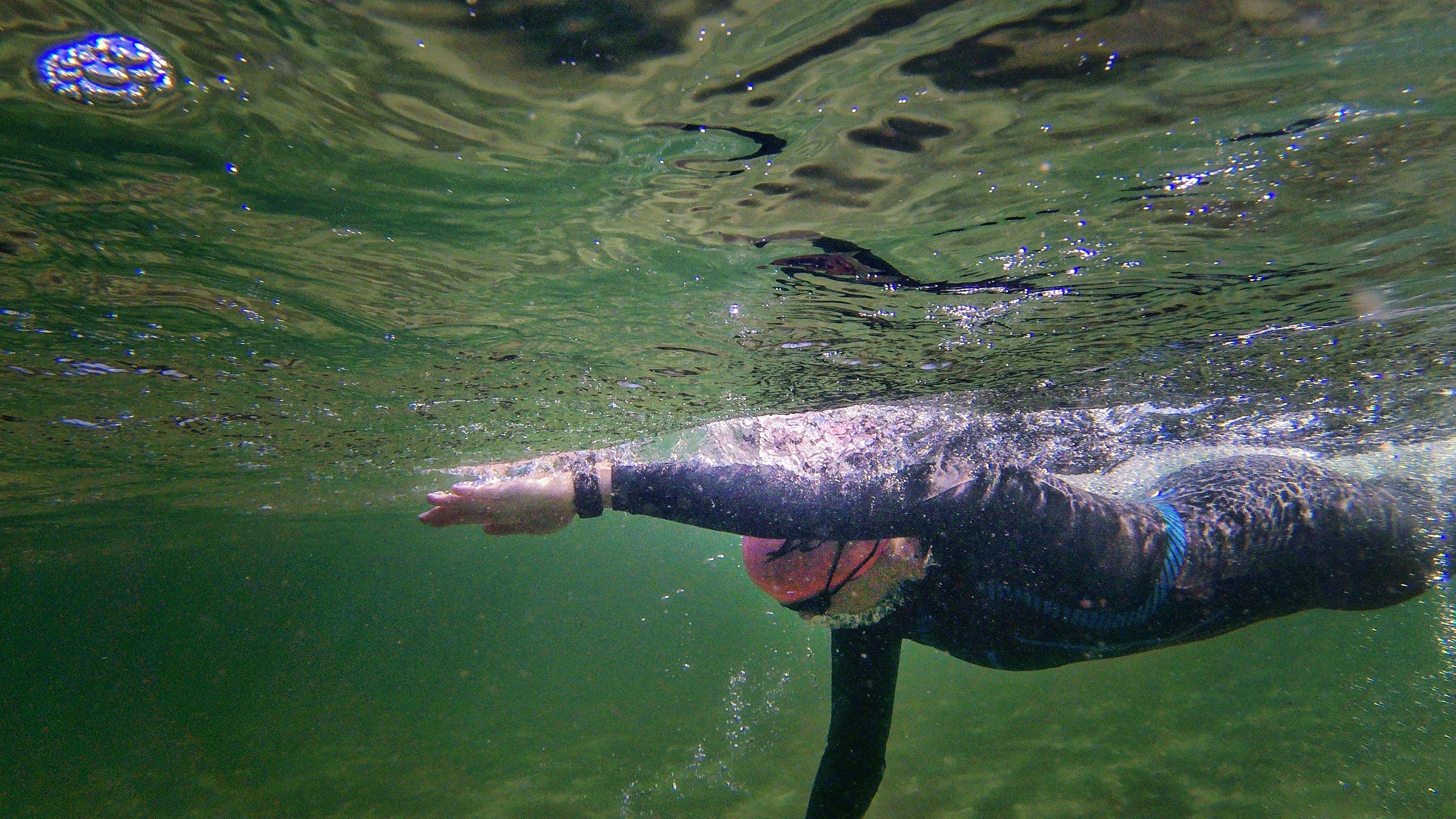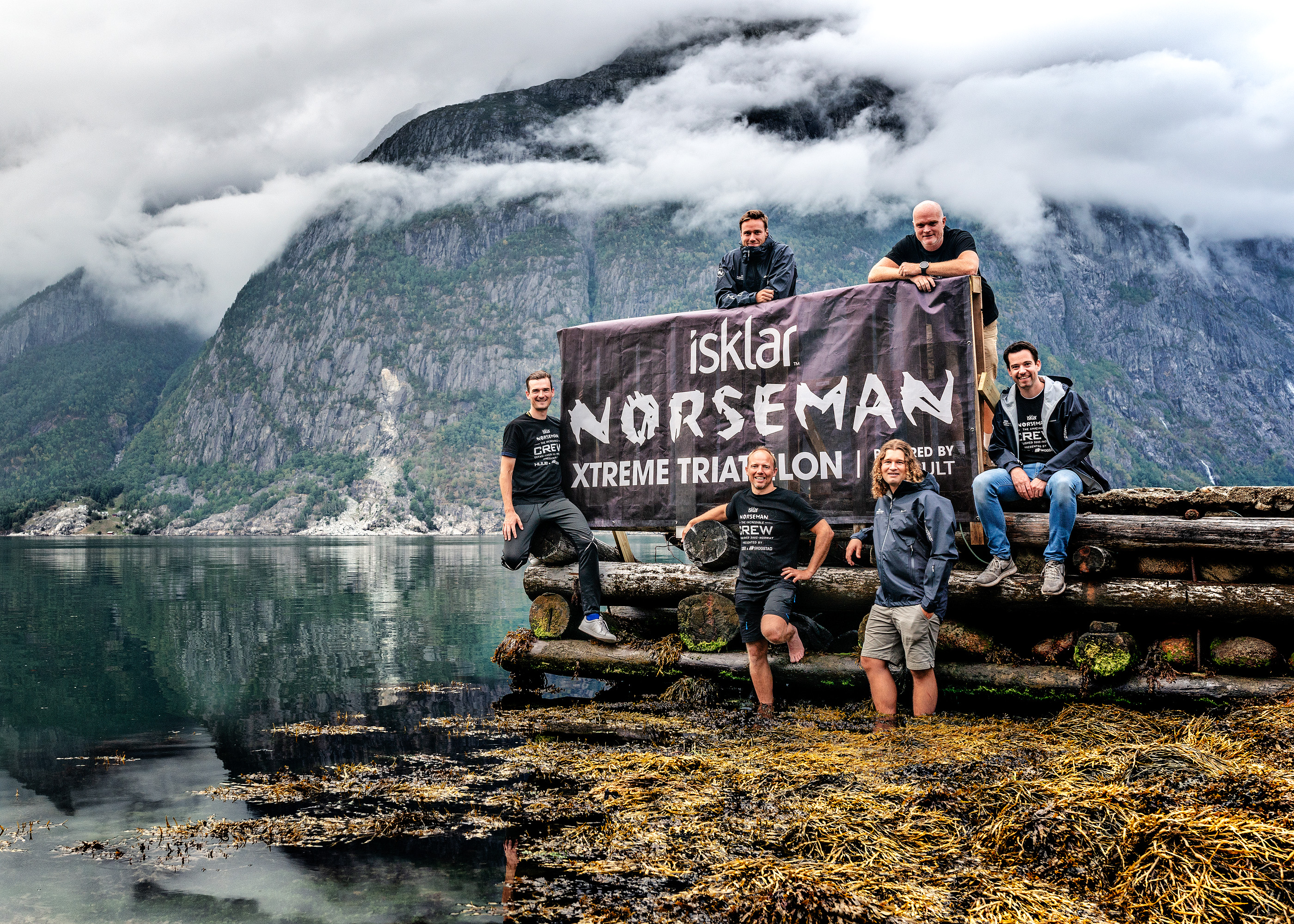We have just published a study which started back at Norseman 2015. That year, the Hardangerfjord was cold, and in the Safety and Medical

A few days before Norseman 2015, we measured the water temperature in Eidfjord to 10°C. The Hardangerfjord was colder than normal from the melting water draining from the glaciers in the mountains above the fjord. Even if I was a helicopter rescue paramedic at the time, based in the Arctic, I really didn’t know if this would be safe for the Norseman triathletes. So, my buddy Jonny and I did a test swim on the complete swim course, measuring our core temperature with James Bond type temperature pills. We decided to shorten the swim as a result. Jonny, being a professor in physiology, said to me that I should do a PhD on the subject. After some time of convincing me, I am now a PhD student with cold water swimming as my project.
Now the first publication in my PhD series is published. In this first study, we had 20 triathletes swimming in 10°C water. We used social media like facebook and twitter to search for volunteers. “Would you like to swim 3800 meters in 10 degrees celsius water?” The response was overwhelming.
The athletes came to

During the three days of testing, the water temperature actually was 10°C. For us, this was a perfect temperature. Yes, it is cold. But that was our aim. Most of the athletes got adjusted well to the water temperature as they did their swimming, and everything went well for everyone. We had three or four paramedics at the swim site at all times, as well as a doctor and a rescue swimmer. First thing when the athletes came out of the water, we did another spirometry. Then the athletes came indoors and where able to take their wetsuit of. We did keep the core temperature probe mounted for 45 minutes after the swim to measure if any afterdrop in temperature. After that the athletes went back to the Norwegian School of Sport Science to do more tests.
So, what did we find? You can read all the details in the published paper, linked below. Here is a short recap of the most important results from the study.
When swimming in 10°C water with a wetsuit, the core temperature on most triathletes will stay within normal limits for the first 10-15 minutes. After that, the core temperature will decrease with a steady slope. The longer you stay in the cold water, the colder you will be. To avoid hypothermia, we found a maximum time of 30 minutes in water with temperature of 10°C.
Given a water temperature of 10°C water (as in Norseman 2015), our studies show that nearly 50% of the athletes would potentially get hypothermic IF swimming full distance at maximal cut off time.
Another important finding for us, is that nearly 75% of the triathletes experienced afterdrop. This is a continuous cooling of the body, even after the body is out of the cold water. The afterdrop observed in our study was on average 0.6 °C, and the lowest temperature was observed on average 25 min after the swim. The fact that body temperature may continue to fall after the swim, is important for you as a triathlete. This means that you probably will get colder, while you are in T1 and out at the first part of cycling.
We will do (and have done) further studies on both Norseman athletes and others after this present study. So, there is more to be published later. And we will continue our studies at this year’s race.
If you want to read the full study, you can find it here

